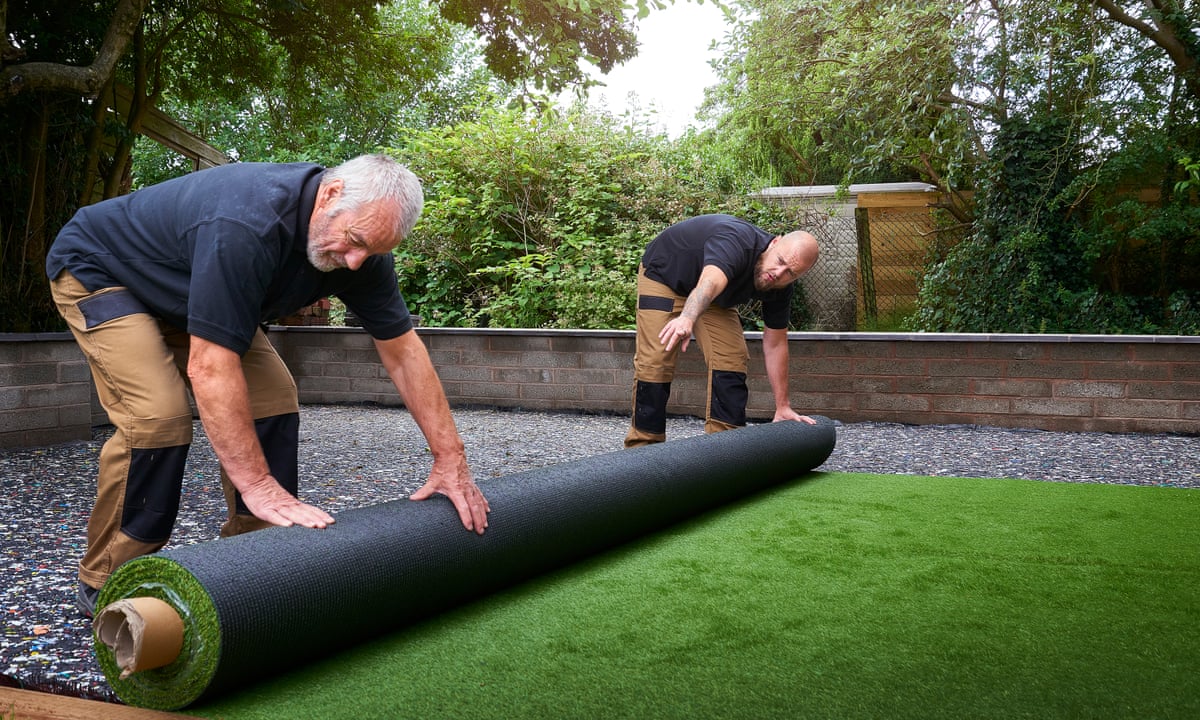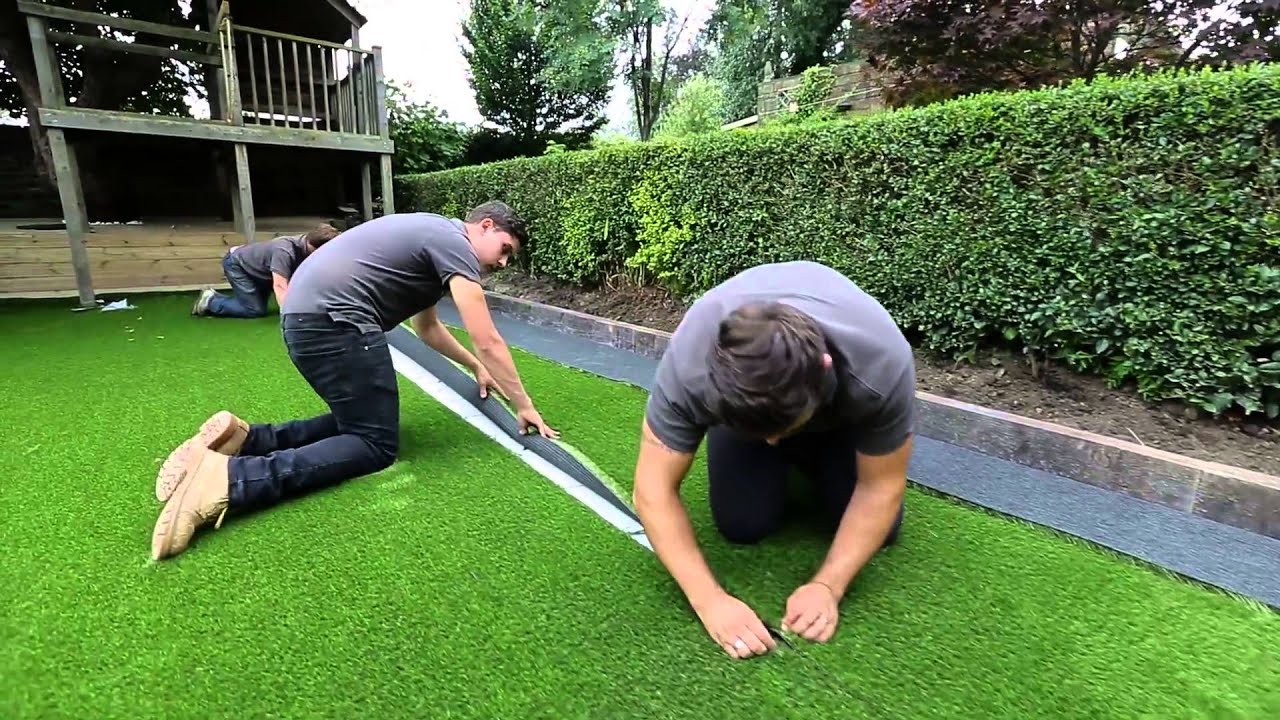See Why Homeowners Prefer Artificial Grass for Lasting Landscape Design Practices
As homeowners progressively focus on sustainability in landscaping, artificial turf has arised as a compelling alternative to conventional lawn. Its capacity to preserve water, decrease maintenance efforts, and lessen environmental influence placements it as a sensible selection for those looking for eco-friendly solutions. Furthermore, the visual allure and convenience of synthetic grass satisfy diverse style choices. The ramifications of this shift extend beyond mere convenience and aesthetic appeals, prompting a more detailed exam of how these selections influence more comprehensive environmental results. What stays to be discovered is the complete scope of benefits that synthetic grass can offer to home owners and the environment alike.
Water Conservation Benefits
One of the most considerable benefits of artificial grass is its duty in water preservation. In comparison, man-made lawn removes this demand entirely, as it does not call for irrigation.
Furthermore, the setup of synthetic turf can contribute to an extra sustainable landscape. Homeowners can considerably decrease their water costs, permitting reallocation of resources to other ecological efforts or house uses. Additionally, fabricated lawn is made to hold up against different climatic problems without the demand for supplemental watering, making it an optimal selection for regions encountering water scarcity.
The environmental advantages prolong past prompt water cost savings. By lowering water intake, man-made grass assists to reduce the impacts of environment adjustment, maintaining important ecosystems that are endangered by too much water removal. As sustainable landscape design techniques acquire grip, artificial lawn arises as a responsible selection for property owners seeking to create environmentally friendly exterior areas.
Reduced Maintenance Initiatives
Artificial grass dramatically minimizes maintenance initiatives contrasted to traditional grass lawns. With man-made lawn, house owners can get rid of the time-consuming jobs related to all-natural landscape design, such as mowing, fertilizing, and weeding. This not only conserves beneficial time but also decreases physical labor, making grass care available for individuals of any ages.
Conventional grass call for frequent trimming to maintain an aesthetically pleasing height, whereas artificial lawn continues to be consistently lavish without the demand for cutting. Furthermore, home owners no longer require to apply fertilizers or chemicals, which are usually needed to maintain natural yard healthy and balanced.
Furthermore, fabricated grass is resilient and sturdy, calling for marginal upkeep past occasional brushing and washing to remove debris. This ease of maintenance allows home owners to enjoy their exterior rooms without the continuous concern of upkeep, offering even more time for leisure and family members activities. Eventually, the lowered maintenance initiatives connected with synthetic grass make it an appealing option for those looking for a low-maintenance, visually appealing landscape.

Environmental Influence Decrease
There is an expanding recognition of the environmental benefits associated with synthetic grass, particularly in terms of water conservation and decreased chemical usage. Typical lawns call for considerable amounts of water, specifically in drought-prone areas, causing increased pressure on neighborhood water sources. On the other hand, synthetic grass removes the demand for irrigation, dramatically minimizing water intake and promoting sustainability.
Furthermore, traditional lawn upkeep frequently entails the application of herbicides, fertilizers, and chemicals, which can contribute to dirt and water contamination. Synthetic grass alleviates this environmental threat by requiring marginal upkeep and practically getting rid of the need for dangerous chemicals. This not only improves soil health yet likewise shields regional communities from harmful runoff.
Moreover, the production of natural grass yards commonly includes using fossil fuels for mowing and landscaping devices, further adding to greenhouse gas emissions. By choosing synthetic grass, homeowners can substantially lower their carbon footprint related to grass treatment activities.
Aesthetic Appeal and Convenience
Along with its environmental benefits, man-made grass supplies considerable aesthetic allure and flexibility for landscape design. House owners can accomplish a lavish, green look check my site year-round, removing the seasonal fluctuations typically related to all-natural turf. This regular aesthetic not only improves the aesthetic charm of a home yet additionally adds to a well-kept and sleek look.
Additionally, artificial turf is readily available in a selection of appearances, designs, and colors, permitting for customization to fit specific choices and layout themes - Phoenix turf companies. Whether used in residential yards, industrial rooms, or recreational areas, it can effortlessly integrate into diverse landscape design layouts, from modern-day minimal to rich tropical setups
The versatility of artificial lawn expands past simple appearance; it can be mounted in numerous places, including rooftops, patio areas, and also indoor spaces, developing possibilities for special landscaping solutions. In addition, it appropriates for a variety of activities, from youngsters's play locations to pet-friendly environments, providing capability without jeopardizing style.
Inevitably, the aesthetic appeal and convenience of synthetic grass make it an appealing option for home owners looking for sustainable landscape design services that do not give up appeal for environmental duty.

Long-Term Cost Savings
One of the most compelling benefits of man-made grass is its possibility for long-lasting price savings. Unlike all-natural lawn, which requires regular maintenance-- including mowing, watering, feeding, and pest control-- synthetic lawn considerably lowers these recurring expenditures.
Additionally, synthetic grass has a life-span of 15 to 25 years, depending upon its quality and use. This toughness reduces substitute expenses, making it a more affordable option in the future. The first investment in fabricated turf can commonly be recouped via the savings accumulated over time.
While the upfront expense might seem greater compared to sod installment, the advancing financial savings from decreased upkeep and water usage commonly outweigh these preliminary expenses. Ultimately, the fostering of artificial grass not just promotes a lasting landscape design service yet additionally provides homeowners a monetarily savvy choice that aligns with lasting budgeting goals.
Final Thought
Synthetic grass becomes an engaging option for lasting landscaping, using considerable benefits in water conservation, minimized maintenance efforts, and lessened environmental effect. Its visual allure and adaptability boost the visual landscape while aligning with modern sustainability goals. Additionally, lasting price financial savings contribute to its beauty for house owners. As areas increasingly focus on eco friendly practices, the adoption of artificial lawn represents a progressive step toward attaining lasting and resistant landscapes.
Furthermore, artificial lawn is created to endure numerous weather conditions without the need for extra watering, making it a suitable option for regions dealing with water scarcity. (Arizona artificial turf)

Synthetic grass emerges as a compelling choice for sustainable landscaping, using significant advantages in water conservation, lowered upkeep initiatives, and lessened ecological effect.